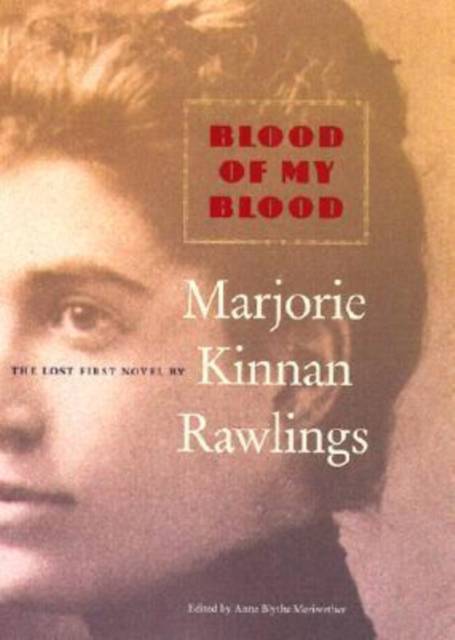
- Afhalen na 1 uur in een winkel met voorraad
- Gratis thuislevering in België vanaf € 30
- Ruim aanbod met 7 miljoen producten
- Afhalen na 1 uur in een winkel met voorraad
- Gratis thuislevering in België vanaf € 30
- Ruim aanbod met 7 miljoen producten
Zoeken
Omschrijving
Written in 1928, the year Marjorie Kinnan Rawlings moved to Cross Creek, her autobiographical first novel, Blood of My Blood, was never published. Its existence was unknown to her contemporaries - including Max Perkins, her editor at Scribner's. Blood of My Blood is a portrait of the young artist very nearly ruined by egotism and through being alternately pushed and spoiled by her mother Ida. It is also a tender tribute to her father Arthur and a moving account of their relationship. But always at the center of the story is the intense love and hate that flamed back and forth between mother and daughter. Blood of My Blood reveals not only the painful process of maturation for a creative but tormented mind but also the steady growth of an artist. There are wonderful descriptions of the natural world, people, objects, and - uniquely for Rawlings - of the big city and city-dwellers. Born in Washington, D.C., and reared there until her graduation from high school in 1914, Rawlings' descriptions of the city are historically charming, and her depiction of the society where class distinctions were shaved wafer thin is remarkable for its pertinence nearly a century later.
Specificaties
Betrokkenen
- Auteur(s):
- Uitgeverij:
Inhoud
- Aantal bladzijden:
- 192
- Taal:
- Engels
Eigenschappen
- Productcode (EAN):
- 9780813024431
- Verschijningsdatum:
- 6/03/2002
- Uitvoering:
- Hardcover
- Formaat:
- Genaaid
- Afmetingen:
- 183 mm x 218 mm
- Gewicht:
- 462 g

Alleen bij Standaard Boekhandel
+ 69 punten op je klantenkaart van Standaard Boekhandel
Beoordelingen
We publiceren alleen reviews die voldoen aan de voorwaarden voor reviews. Bekijk onze voorwaarden voor reviews.








